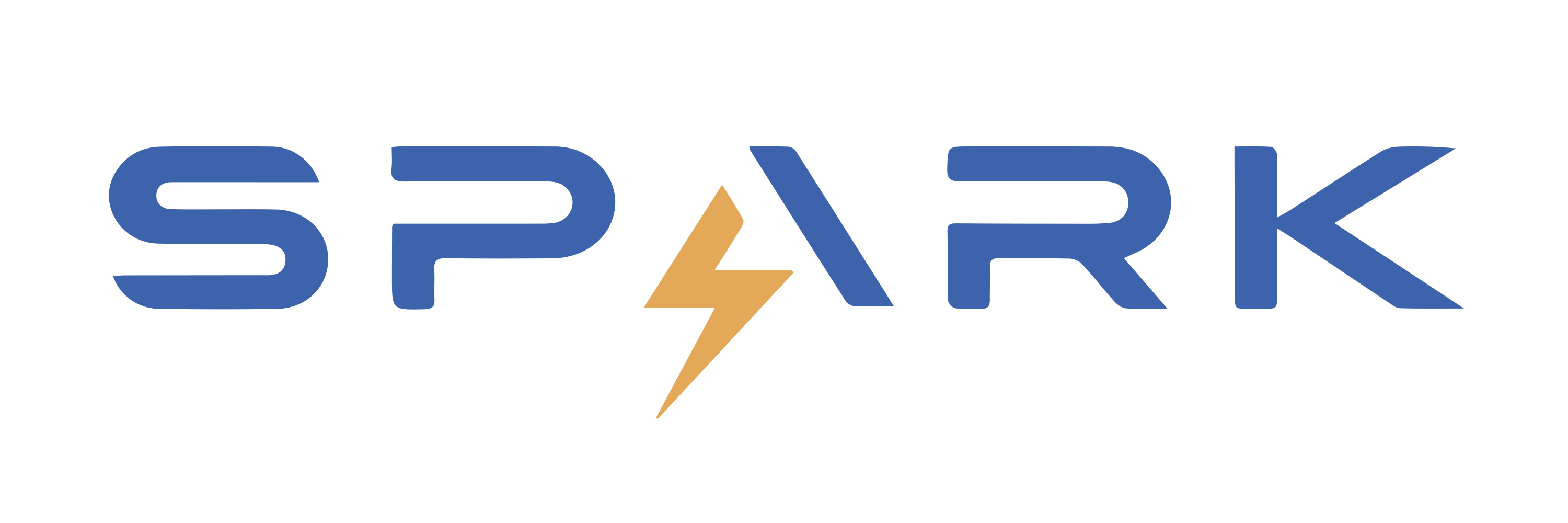The Future of UI/UX: How Designers Can Use Technology to Create Next-Level Experiences’
‘Hey there, design enthusiasts! Today, we’re diving into the exciting world of UI/UX and how designers can harness the power of technology to create next-level experiences. With the rapid advancements in tech like AR, VR, and AI, the possibilities for mind-blowing user experiences are endless. So, let’s strap in and explore how these cutting-edge technologies shape the future of UI/UX design.
Advancement Augmented Reality (AR), Virtual Reality (VR), and Artificial Intelegence in UI/UX Technologies
First off, let’s talk about augmented reality (AR). This game-changing technology allows designers to overlay digital elements in the real world, creating immersive and interactive experiences. Imagine walking through a museum and using your smartphone to see additional information and interactive displays superimposed onto the exhibits. AR can also be used in e-commerce to allow customers to try on clothing or accessories before purchasing. It’s a whole new level of engagement that brings the digital and physical worlds together seamlessly.
Next up, we have virtual reality (VR), which takes users on a completely immersive journey into a digital environment. Designers can use VR to create lifelike simulations for training, education, and entertainment. For example, imagine being able to explore a virtual campus before deciding on a college or taking a virtual tour of a hotel before booking a room. The possibilities for creating unforgettable experiences are endless with VR technology.
Now, let’s talk about artificial intelligence (AI) and its impact on UI/UX design. AI can personalize user experiences by analyzing user behavior and preferences. For instance, AI-powered chatbots can provide tailored recommendations and support to users based on their interactions. AI can also automate repetitive tasks, allowing designers to focus on more creative and strategic aspects of their work.
But AR, VR, and AI are just the tip of the iceberg when creating next-level experiences. There are plenty of other emerging technologies that designers can harness to push the boundaries of UI/UX. Here are eight more examples:
Internet of Things (IoT)
Designers can create seamless experiences by integrating smart devices and sensors into their interfaces. For instance, a smart home app could use IoT to allow users to control their lights, thermostats, and security systems from a single interface.
Motion and gesture control
By incorporating motion and gesture control, designers can create more intuitive and interactive experiences. Think of a fitness app with motion control to track and analyze user movements during workouts.
3D and spatial design
With the rise of 3D technology, designers can create more immersive and visually stunning interfaces. For example, an interior design app could use 3D and spatial design to allow users to visualize and customize their spaces in real time.
Biometric authentication
Designers can enhance security and convenience by integrating biometric authentication methods such as fingerprint and facial recognition into their interfaces. This could be used in a banking app to provide a more secure and seamless login process.
Wearable technology
By designing interfaces for wearable devices like smartwatches and fitness trackers, designers can create experiences seamlessly integrate into users’ daily lives. For instance, a health and fitness app could provide real-time feedback and guidance on a smartwatch during a workout.
Haptic feedback
By incorporating haptic feedback, designers can create interfaces that provide tactile sensations, enhancing the overall user experience. Imagine a gaming app that uses haptic feedback to simulate the feeling of recoil when firing a virtual weapon.
Immersive audio
With advancements in audio technology, designers can create interfaces that provide immersive and spatial audio experiences. For example, a music streaming app could use immersive audio to make users feel at a live concert.
Blockchain technology
Designers can leverage blockchain technology to create more secure and transparent interfaces, particularly in industries like finance and healthcare. A healthcare app could use blockchain to store and share patients’ medical records securely.
As you can see, the future of UI/UX is inspiring, with a wide range of technologies at designers’ disposal to create next-level experiences. By staying abreast of these emerging technologies and thinking outside the box, designers can continue to push the boundaries of what’s possible in the world of user interfaces and experiences. So, let’s embrace the future and prepare to create some genuinely mind-blowing designs!
If you are looking for high quality web or app development services feel free to drop us a message


